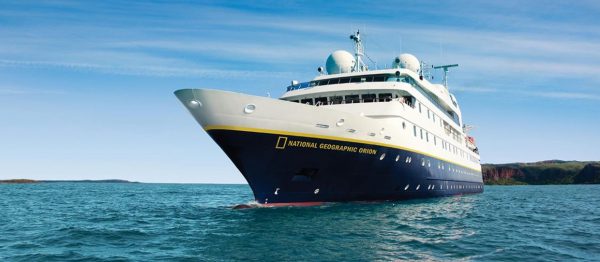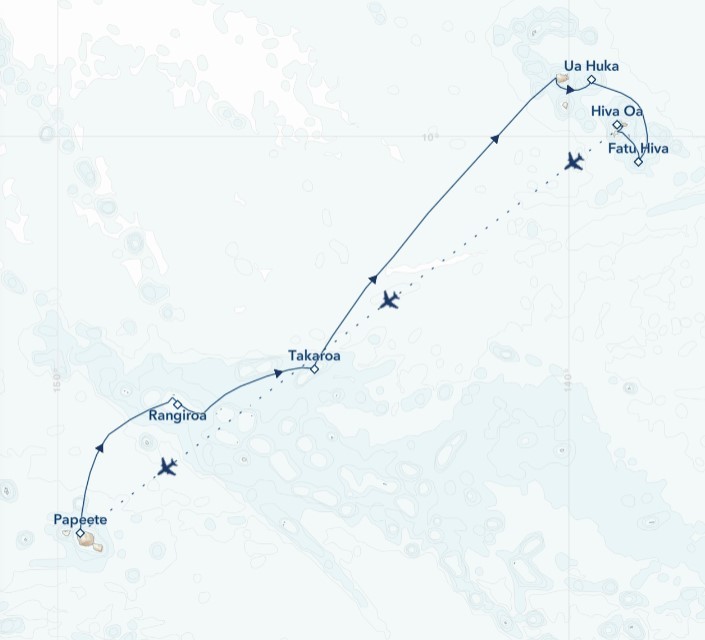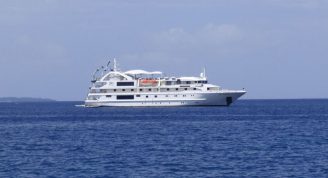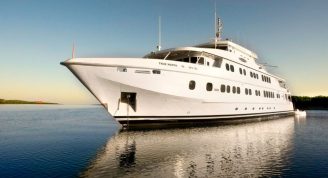Description
On an expedition to some of the world’s most remote islands, volcanic peaks rise dramatically from turquoise lagoons, 20 species of whales and dolphins thrive in protected waters, and welcoming villagers share their ancient cultural traditions. Begin in the renowned diving destination Rangiroa in the Tuamotu Archipelago, where 16-foot manta rays, colorful butterfly fish, whales, and sea turtles flourish in pristine, nutrient-rich waters. Exploring the sparsely populated Marquesas Islands, encounter moss-covered giant tikis on Hiva Oa, thousand-year-old petroglyphs on Nuku Hiva, the wild horses of Ua Huka, and lush rainforests with rare birds and rushing waterfalls. Join the legacy of explorers, writers, and artists like James Cook, Robert Louis Stevenson, and Paul Gauguin who crossed oceans seeking distant primordial landscapes and distinct ways of life in a region that embodies paradise in both the breathtaking landscapes of its islands and in the abundant biodiversity of the surrounding sea.









